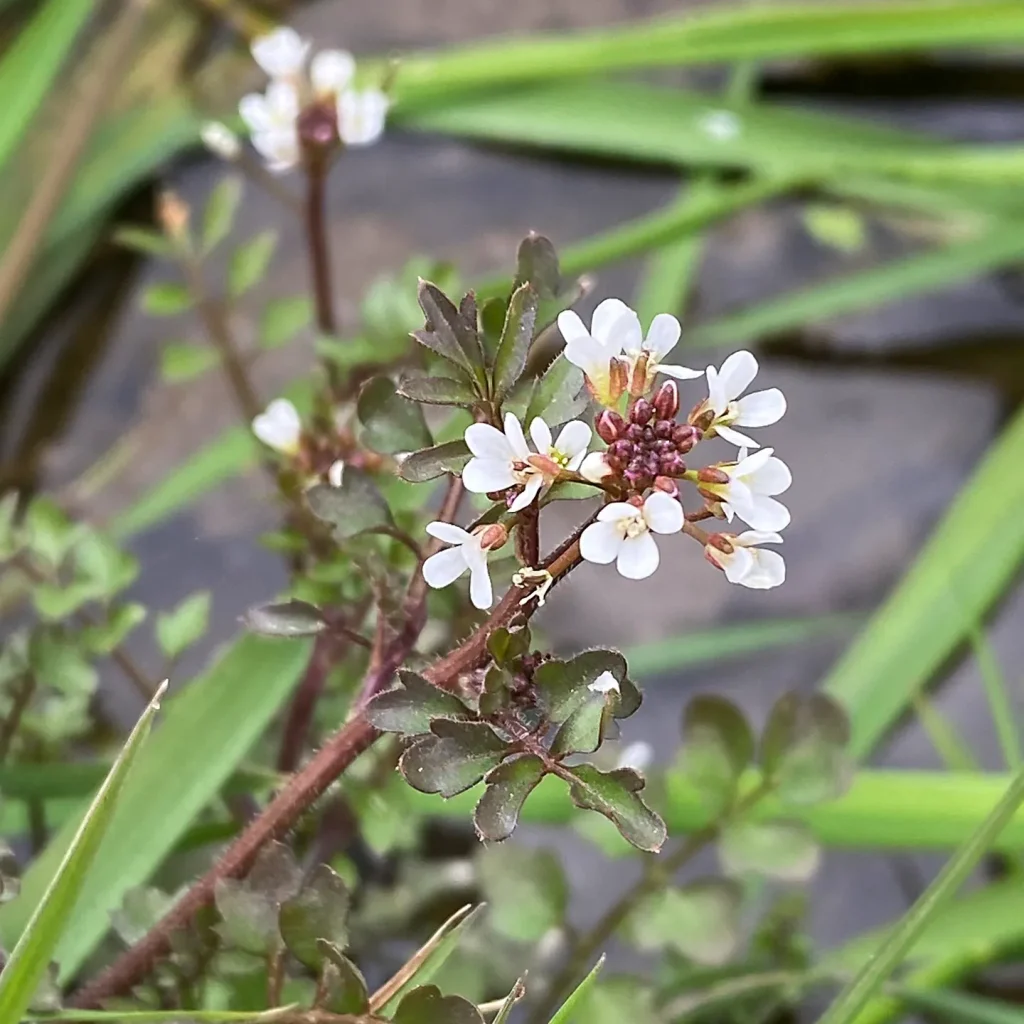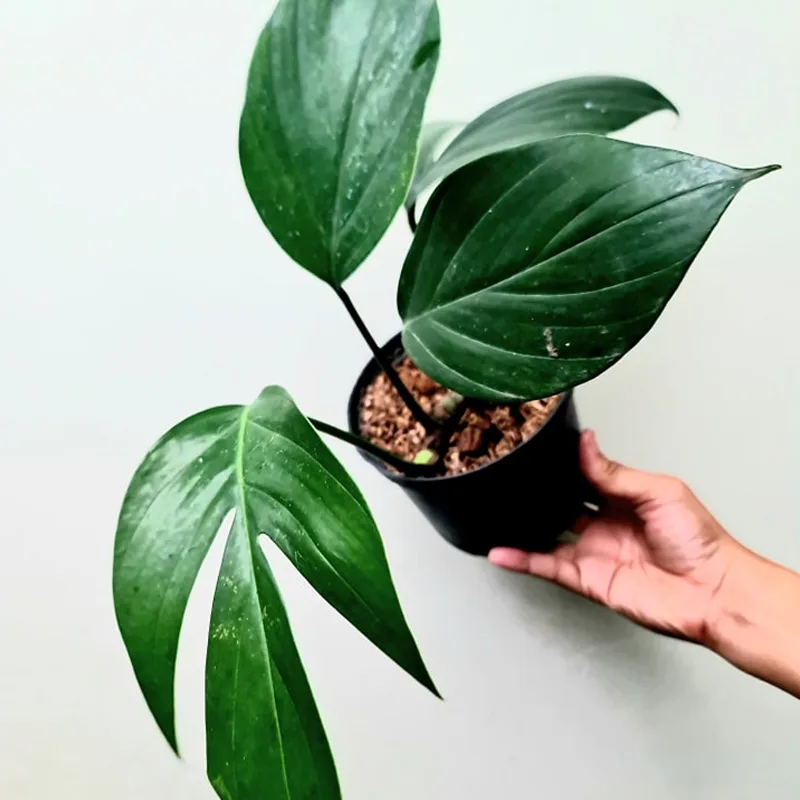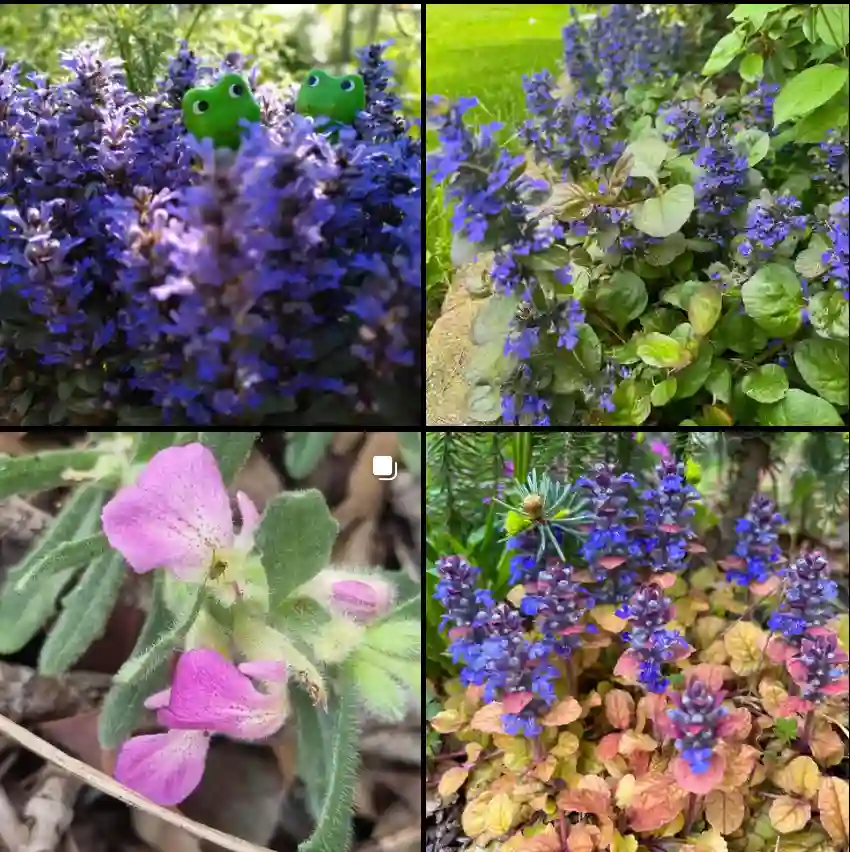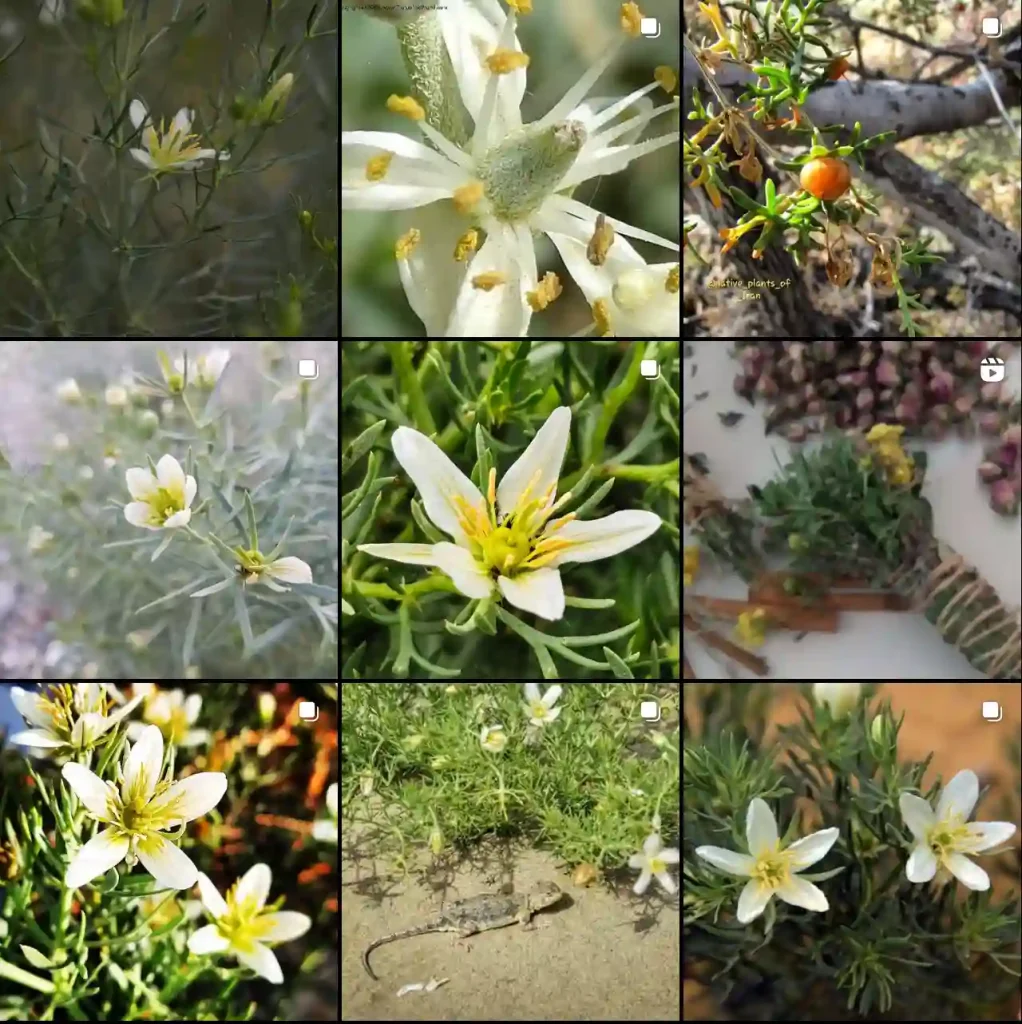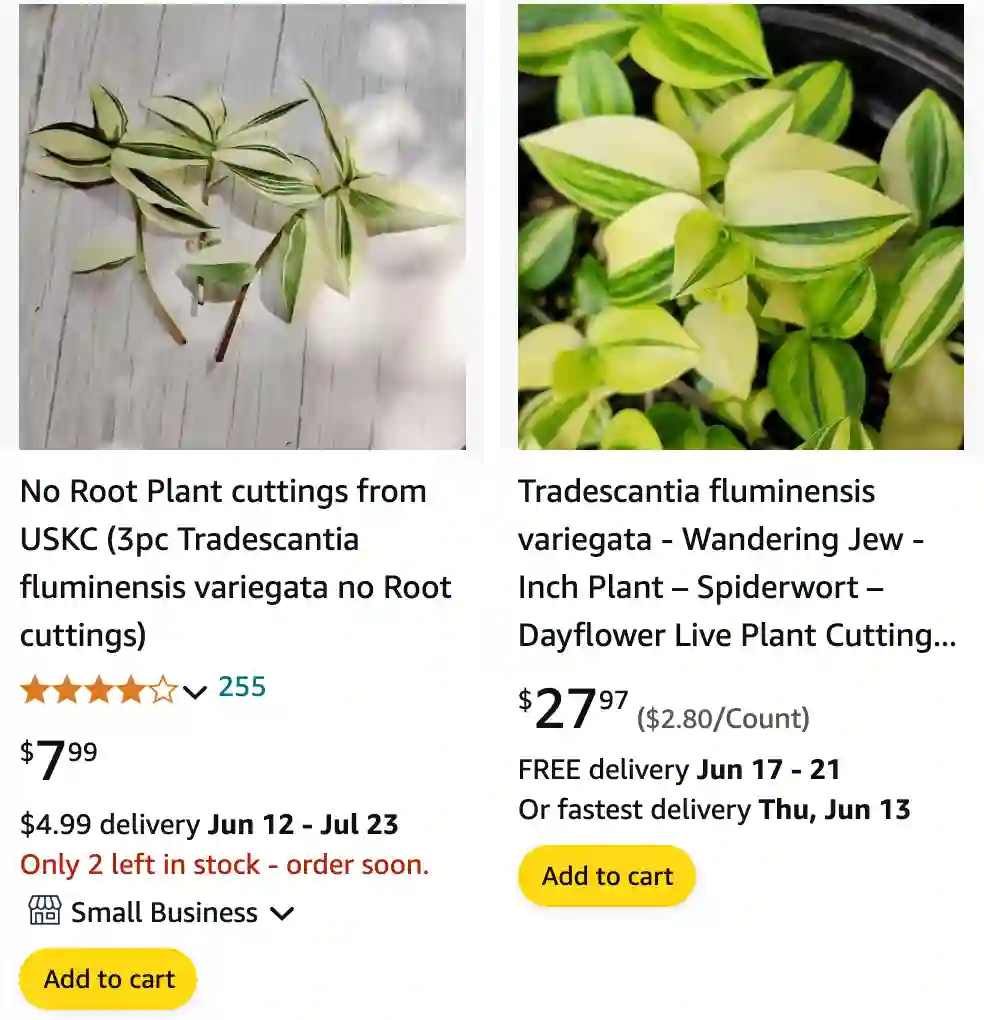
What is Tradescantia Fluminensis Variegata?
I’m Ferb Vu, and I’m here to answer your burning questions about the captivating Tradescantia fluminensis variegata, also known as the Inchplant or Variegated Wandering Jew (though that term has a problematic history). This easy-care houseplant boasts stunning variegated foliage and trailing vines, making it a popular choice for both beginners and seasoned plant enthusiasts.
86 Species in Genus Tradescantia
What Makes the Tradescantia Fluminensis Variegata Special?
The Tradescantia fluminensis variegata is all about visual intrigue. Its cascading stems are adorned with oval-shaped leaves that showcase a beautiful interplay of colors. The base shade is a rich, deep green, splashed with creamy white or pale yellow variegation. The undersides of the leaves often boast a touch of purplish red, adding another layer of visual interest.
This plant’s trailing nature makes it a perfect candidate for hanging baskets or shelves. As it grows, it gracefully spills over, creating a lush, cascading effect. It’s also quite the fast grower, so you can expect to see new foliage emerge frequently, adding to its vibrancy.
How to care for Tradescantia Fluminensis Variegata?
One of the biggest draws of the Tradescantia fluminensis variegata is its low-maintenance nature. Here’s what you need to know to keep yours thriving:
- Light: This plant prefers bright, indirect sunlight. Avoid harsh, direct sun, which can scorch the leaves.
- Watering: Don’t drown your Inchplant! Allow the top inch of soil to dry out completely between waterings. Overwatering is a common culprit for problems.
- Soil: A well-draining potting mix is key. Opt for a light and airy blend that allows for proper water drainage.
- Temperature: The Tradescantia fluminensis variegata thrives in average room temperatures, ideally between 65°F and 80°F (18°C and 27°C).
- Humidity: While not strictly necessary, moderate humidity can benefit your plant. Grouping it with other humidity-loving plants or using a pebble tray filled with water can help.
- Fertilizer: During the growing season (spring and summer), a light application of balanced fertilizer once a month can give your plant a boost.
Troubleshooting Common Tradescantia Fluminensis Variegata Issues
Even the most attentive plant parent can encounter occasional issues. Here are some common problems and how to address them:
- Leggy growth: This can be caused by insufficient light. Try moving your plant to a brighter location.
- Loss of variegation: The vibrant variegation is what makes this plant special. If your leaves appear predominantly green, it might be getting too much light. Reduce the light exposure to encourage variegation.
- Brown or yellow leaves: This could be a sign of overwatering. Check the soil moisture and adjust your watering schedule accordingly.
- Pests: Mealybugs and spider mites can be occasional visitors. Regularly inspect your plant and treat infestations promptly with insecticidal soap or neem oil.
Propagating Your Tradescantia Fluminensis Variegata: Share the Beauty
The beauty of the Tradescantia fluminensis variegata is meant to be shared! Propagating this plant is incredibly easy. Here’s how:
- Take stem cuttings with a few nodes each.
- Remove the lower leaves and place the cuttings in a well-draining potting mix.
- Keep the soil moist but not soggy, and provide bright, indirect light.
- Roots should develop within a few weeks. Once established, you can pot them up individually.
Tradescantia Fluminensis Variegata vs. Other Popular Houseplants
Looking for a comparison? Here’s how the Tradescantia fluminensis variegata stacks up against two other well-loved houseplants:
- Pothos: Both are easy-care vining plants, but the Pothos offers larger, heart-shaped leaves and comes in a wider variety of variegations. The Tradescantia fluminensis variegata, however, boasts faster growth and a more delicate, cascading appearance.
- Spider Plant: Both are known for their air-purifying properties and trailing growth habits. However, the Spider Plant produces unique spiderettes (baby spider plants) that dangle from the mother plant. The Tradescantia fluminensis variegata offers more vibrant foliage with its contrasting colors.
Ultimately, the best choice depends on your personal preference and the aesthetic you’re aiming for.
In Conclusion
The Tradescantia fluminensis variegata is a delightful houseplant that offers a splash of color and life to any indoor space. Its easy-going nature and vibrant foliage make it a perfect choice for both busy plant parents and those just starting their indoor jungle journey. With minimal care and a little TLC, this charming plant will reward you with its cascading beauty for years to come. So, why not add a touch of the tropics to your home with a Tradescantia fluminensis variegata?
If i die, water my plants!
